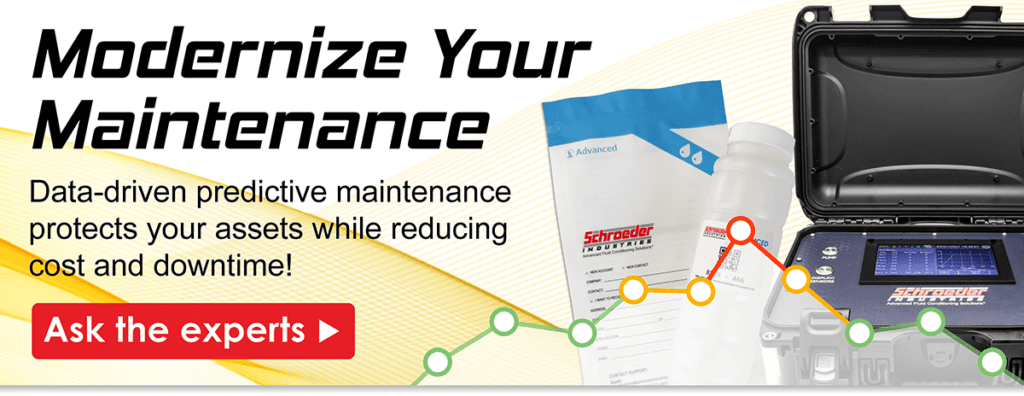
The best way to deal with issues in your fluid power operation is preventing them from happening in the first place, right? Just change your oil or fluid regularly, problem solved.
Not so fast. Focusing solely on a preventative maintenance strategy could be costing your business unnecessary time and resources!
Predictive maintenance, on the other hand, can protect your assets and conserve your most valuable resources.
Preventative versus Predictive Maintenance: What’s the difference?
They sound very similar, but in practice, preventative and predictive maintenance strategies have some key differences.
Preventative maintenance means taking regularly scheduled actions to proactively stop problems before they occur, based on predetermined patterns.
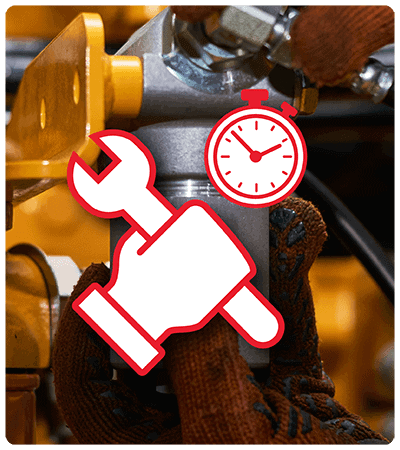
For example, if you own a car, you most likely change the oil at intervals based on a number of miles traveled.
If you make a habit to change your oil every 3,000 miles based on manufacturer recommendations, that is an example of preventative maintenance. By changing based on the recommended schedule, you are generally able to prevent lubrication issues with your engine.
But, if you aren’t actually examining the condition of the oil, you might be changing your oil more often than necessary. This costs you time and money!
Or, if there is a hidden problem with your engine, you might not be changing the oil soon enough. Because preventative maintenance does NOT account for machine condition, you could miss the warning signs of failure.
A predictive maintenance strategy determines if proactive maintenance actions are needed based on real-time data collected using condition monitoring equipment.
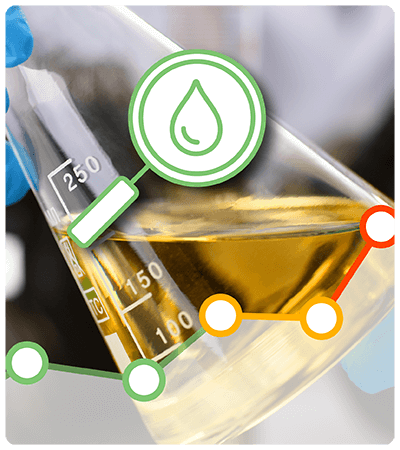
The main difference is that predictive maintenance is more data driven!
Back to the car engine oil example: If you practiced predictive maintenance, instead of always changing your oil on the same 3,000 mile interval, you would regularly examine your oil to see if it has reached the end of its usable life.
If the oil is still of good quality when tested, then you can save time and money on oil replacement!
On the flip side, if you discover the oil is degrading more quickly than usual, you can take immediate actions to diagnose problems with your engine. If you relied only on your preventative maintenance schedule, you could miss early warning signs about your engine’s condition!
Did You Know?
The most harmful types of contamination are often invisible to the human eye. This is why using condition monitoring tools and not relying on a visual inspection of fluid is so important!
Preventative versus Predictive Maintenance at a glance:

Preventative Maintenance

Predictive Maintenance
Condition Monitoring Tools for Predictive Maintenance
A large volume of high-quality data is the cornerstone of predictive maintenance.
Whether your operation is just wading into a predictive maintenance strategy for the first time, or is trying to refine their condition monitoring system, ask the experts! Schroeder Industries has products and solutions that provide rapid, useful insights into your fluid condition backed by decades of fluid care expertise.

Bottle Sampling Analysis Kits
Sampling is an easy way to begin practicing predictive maintenance. Think of it like blood testing for your machines!
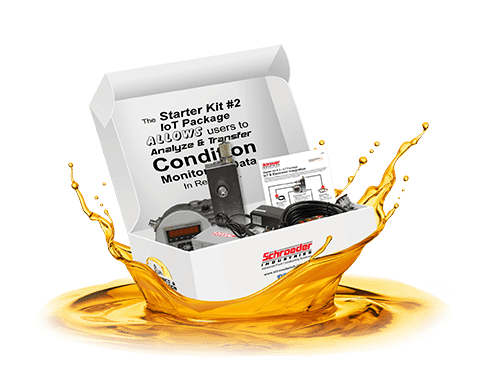
Condition Monitoring Starter Kits
Sensors and IoT can be complicated, but Schroeder’s Condition Monitoring Starter Kits make it simple!

Portable Condition Monitoring Units
Rugged, easy-to-use condition monitoring units that travel wherever fluid analysis is needed!
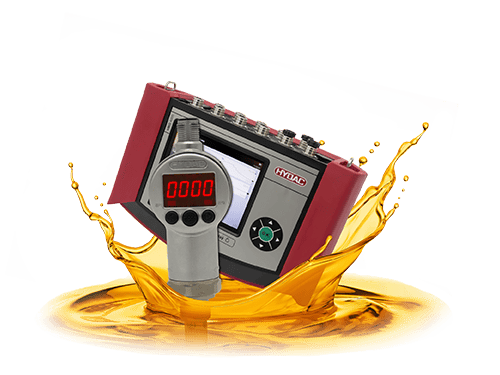
Sensors, Gateways & Data Recording
Schroeder Industries offers a wide variety of sensors and data transfer & recording products!

Fluid Condition Data Management, Made Simple
When you participate in Schroeder Industries’ Fluid Analysis Program, you can use the Fluid Care Portal to easily manage your test results!
We Can Help You Develop Your Predictive Maintenance Strategy!
With decades of proven experience in filtration and fluid care, our experts have the knowledge and solutions to help you protect your assets.






